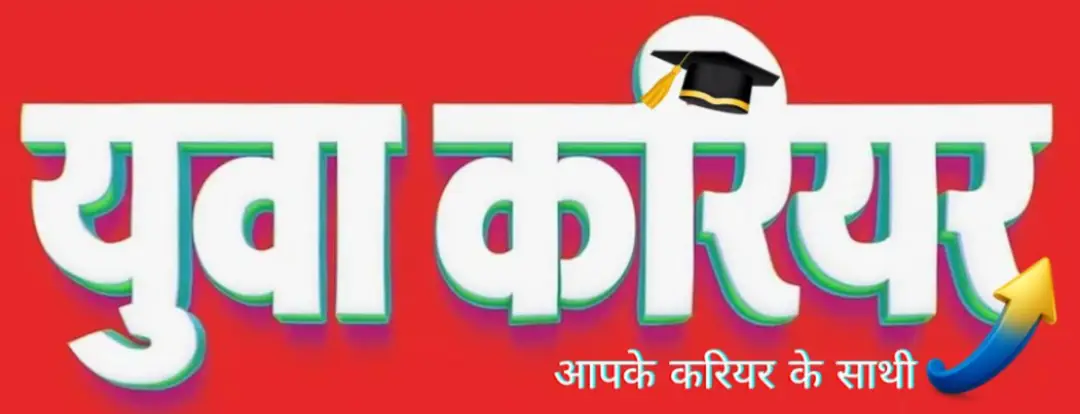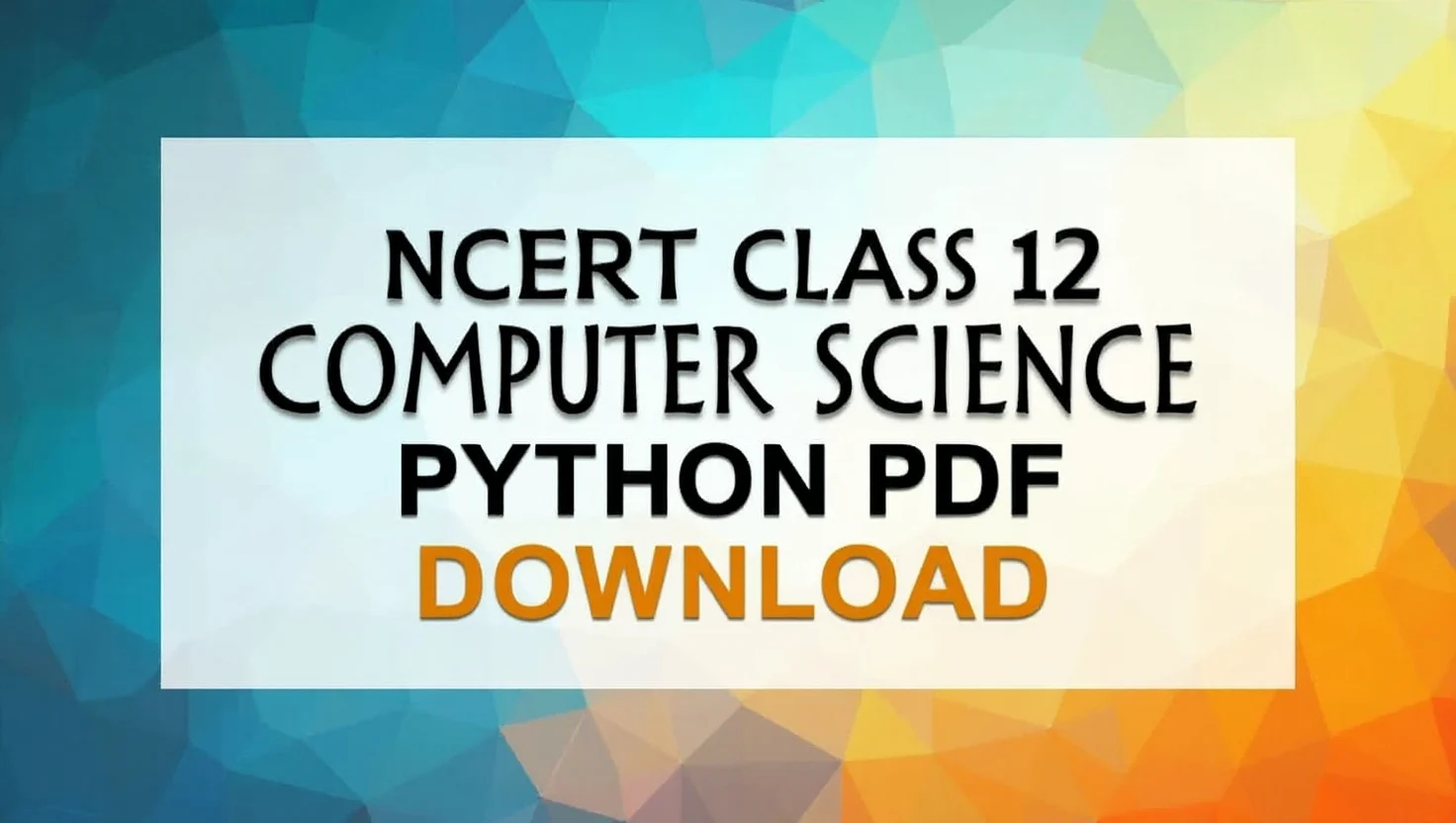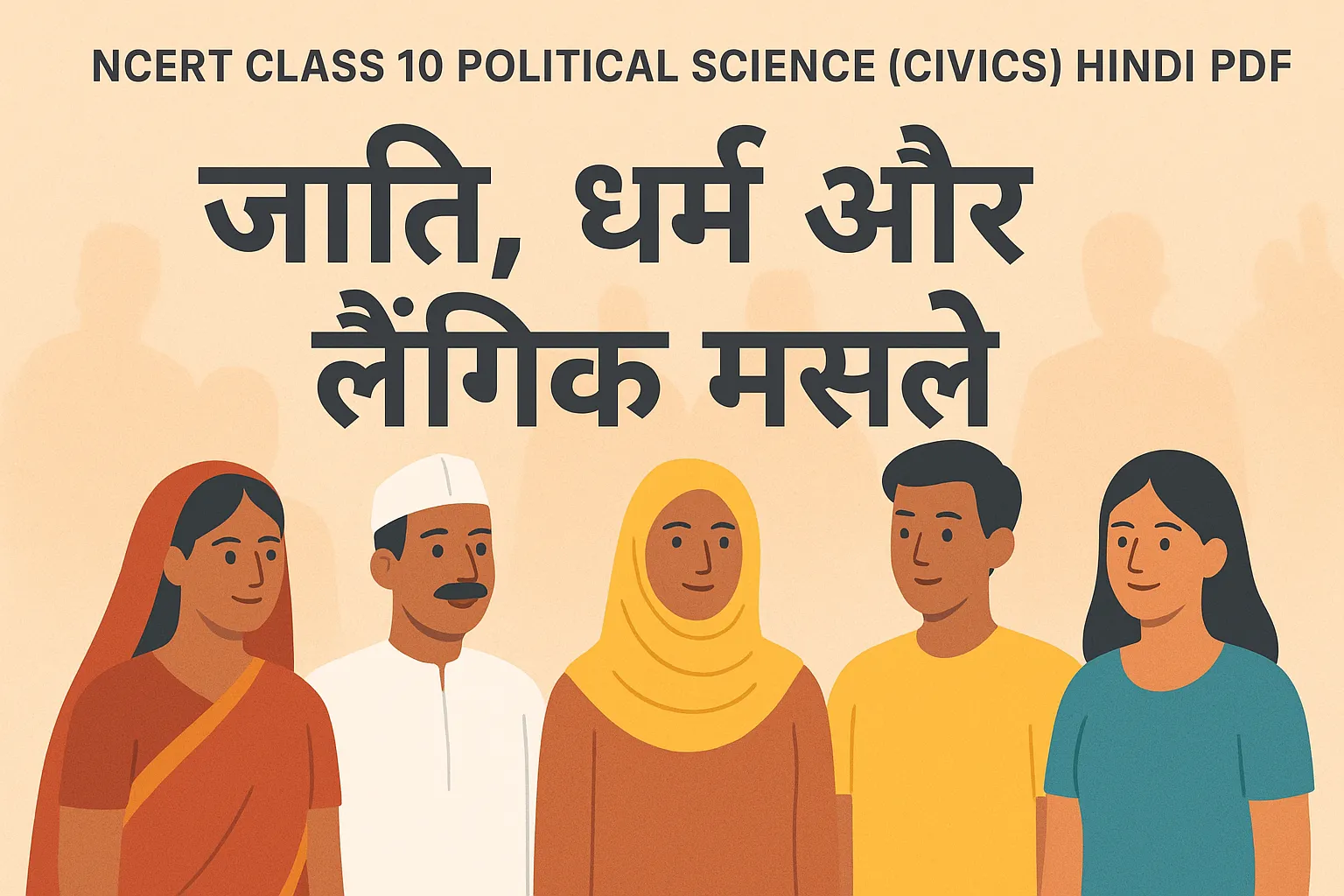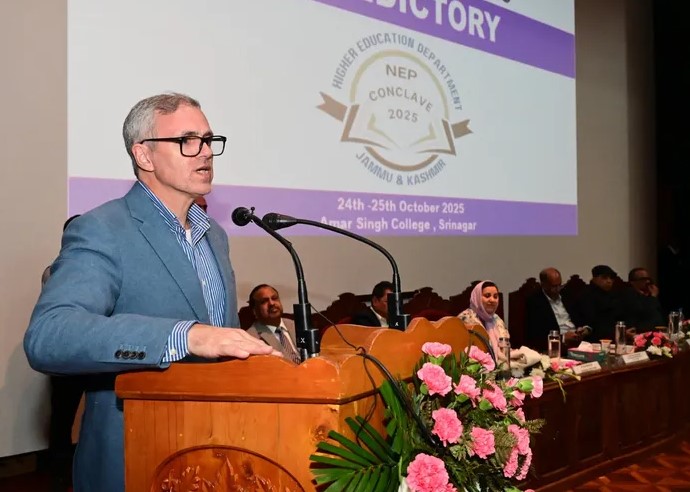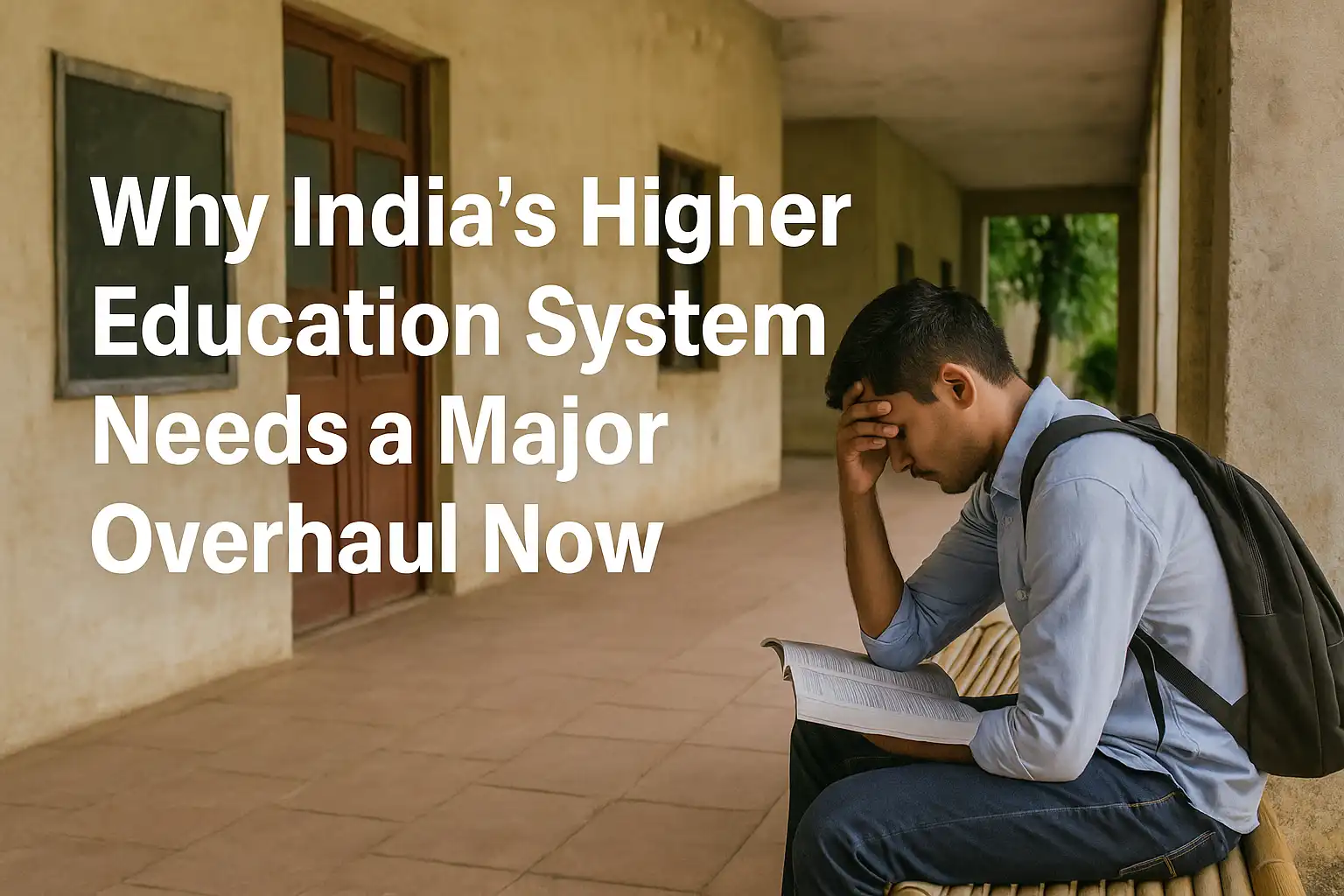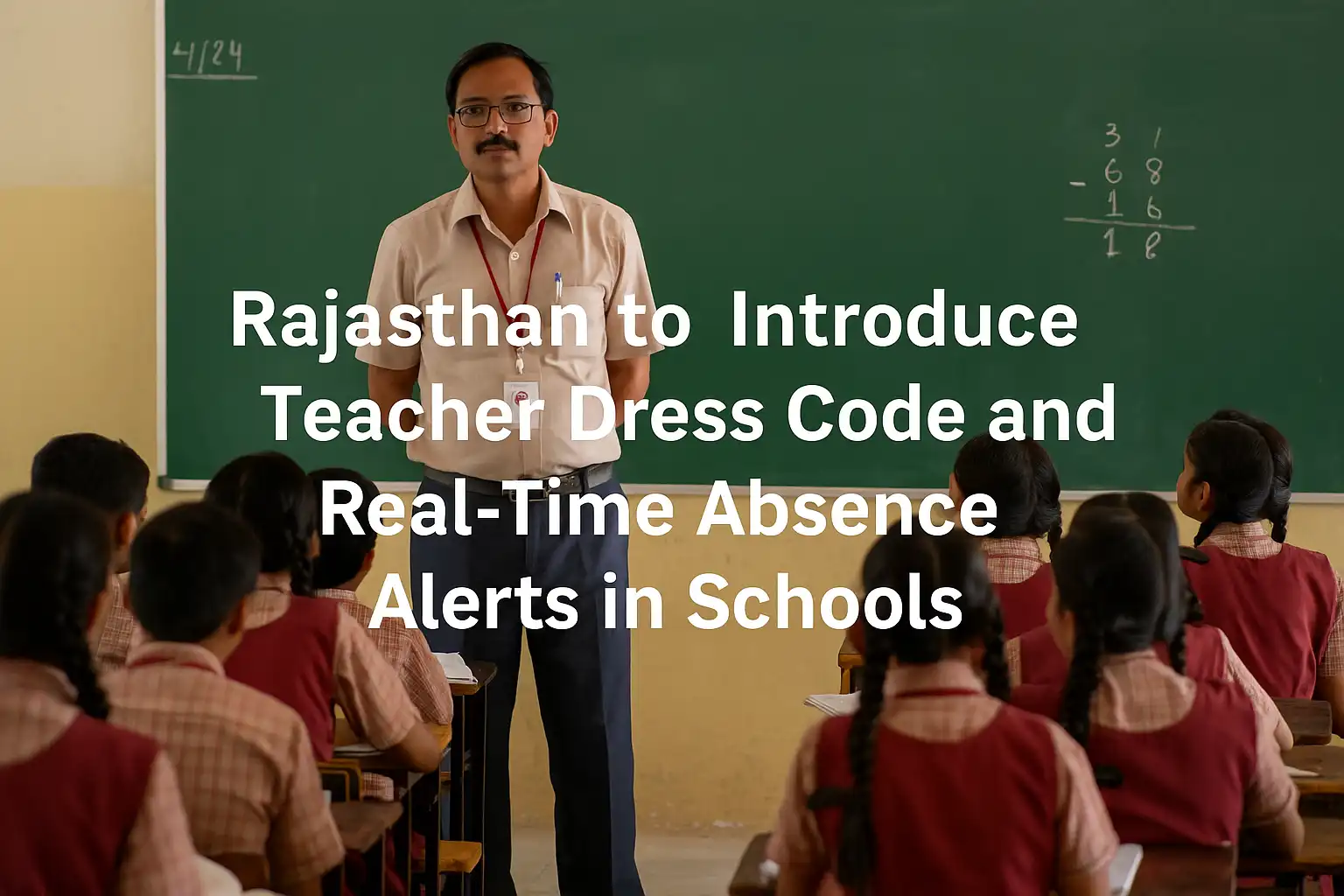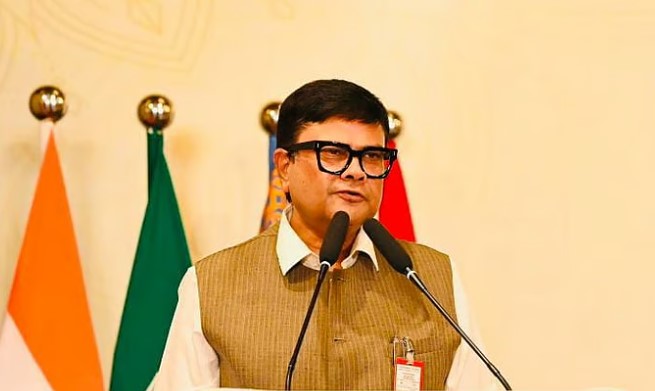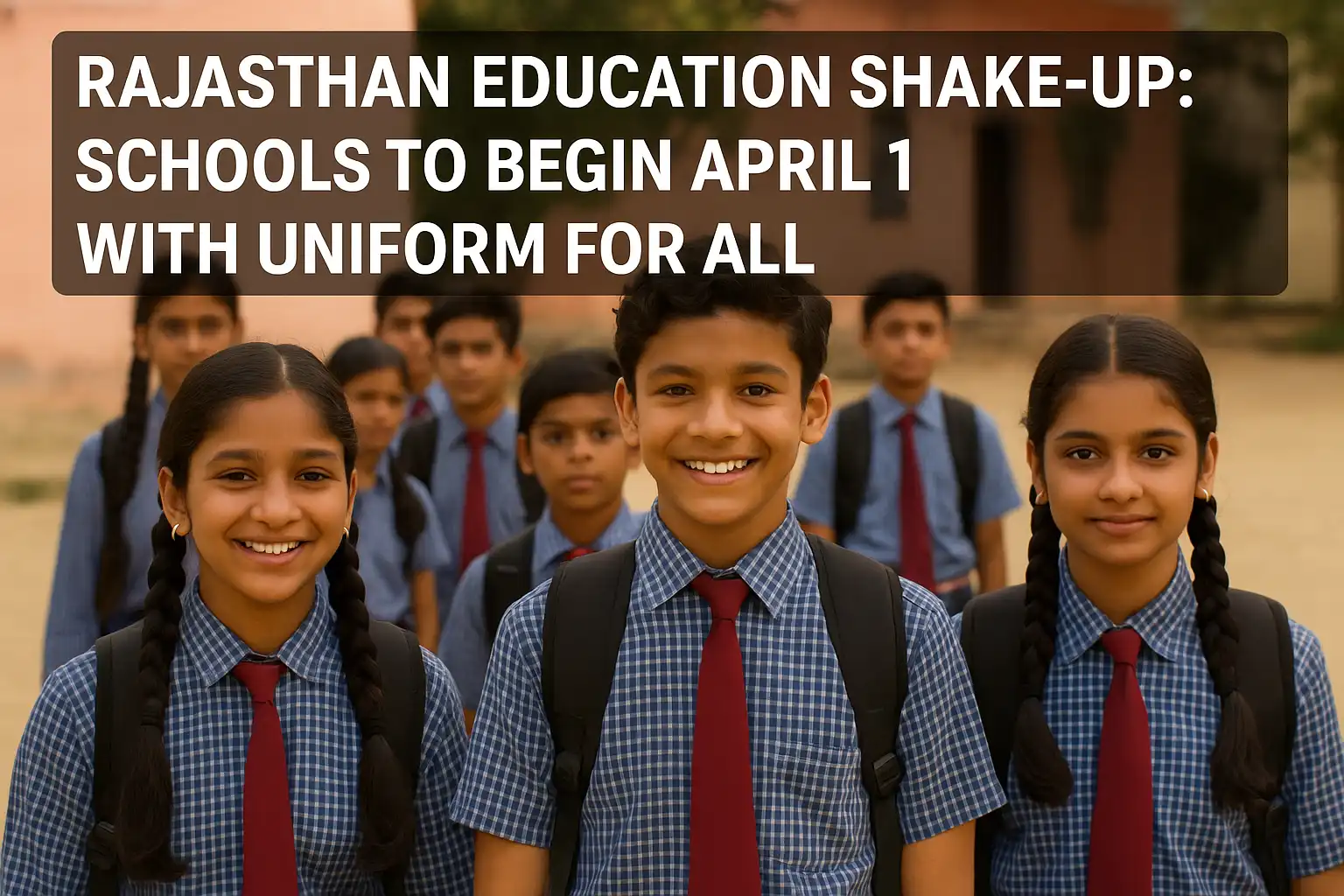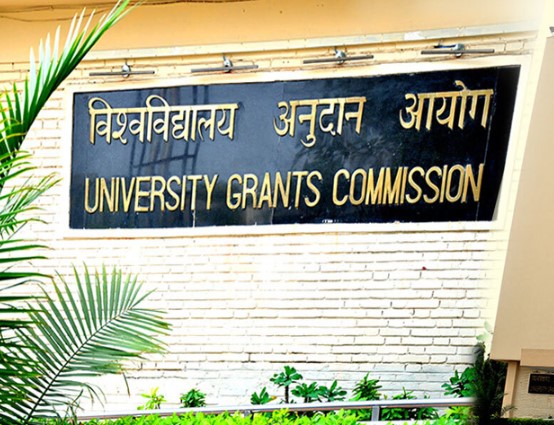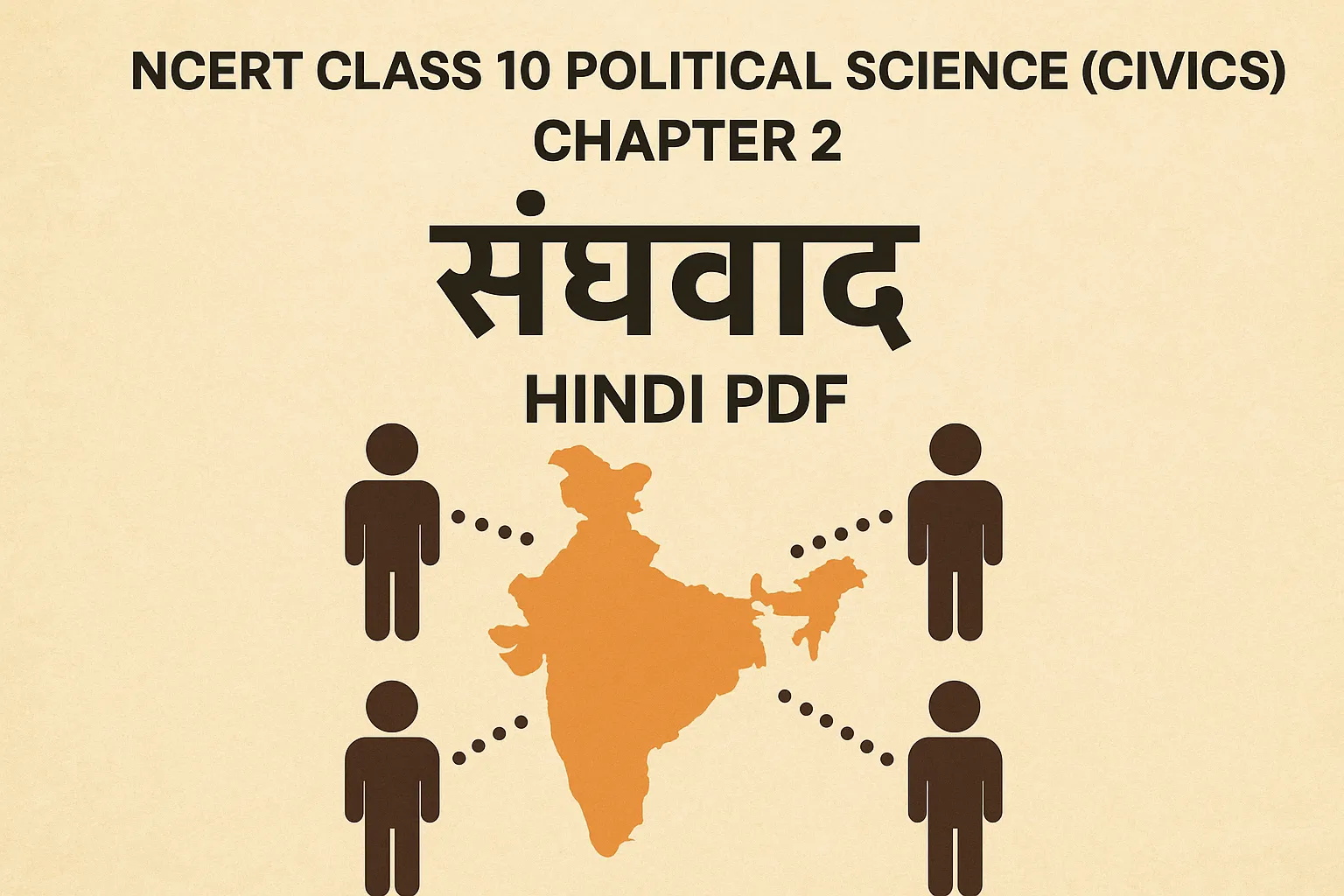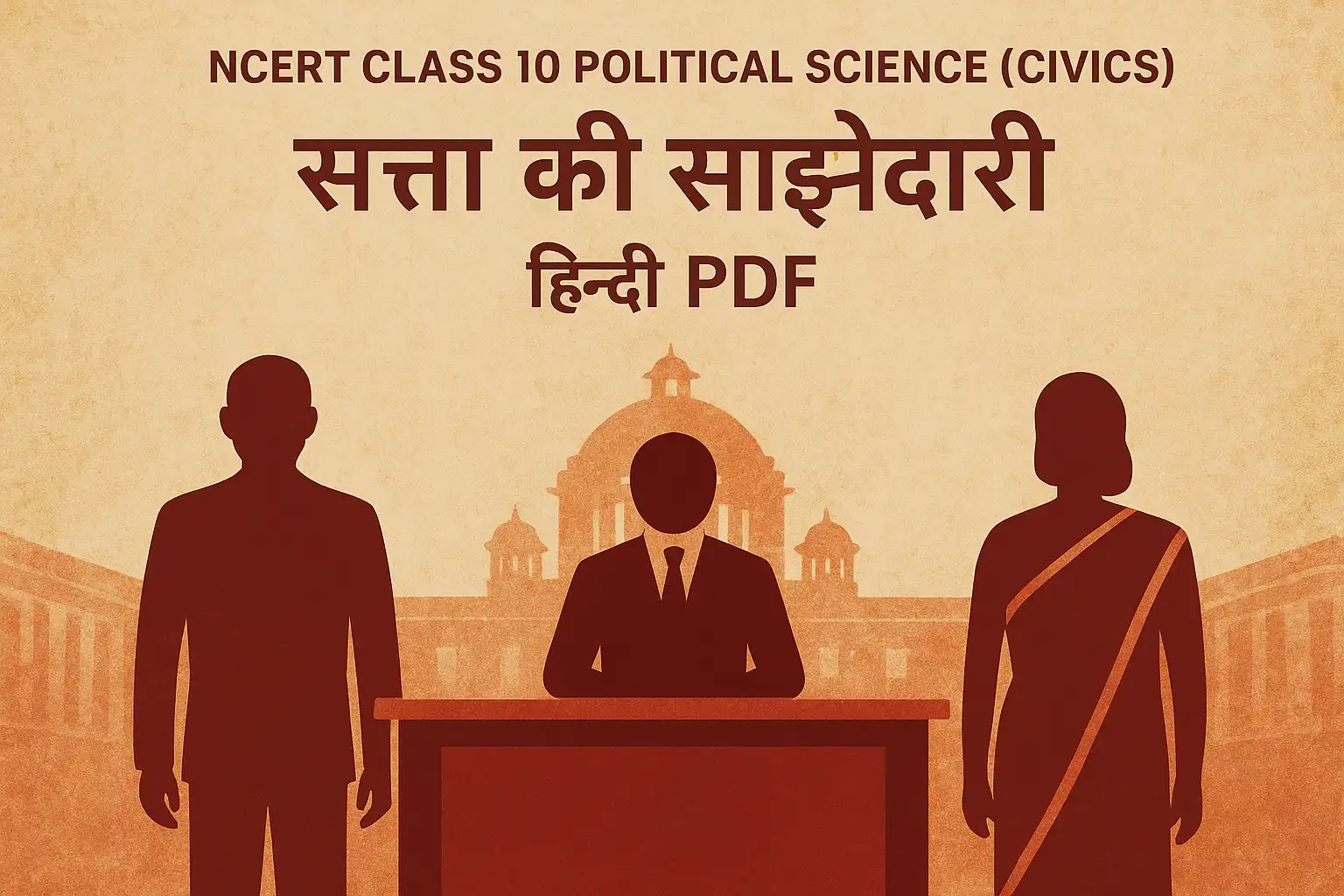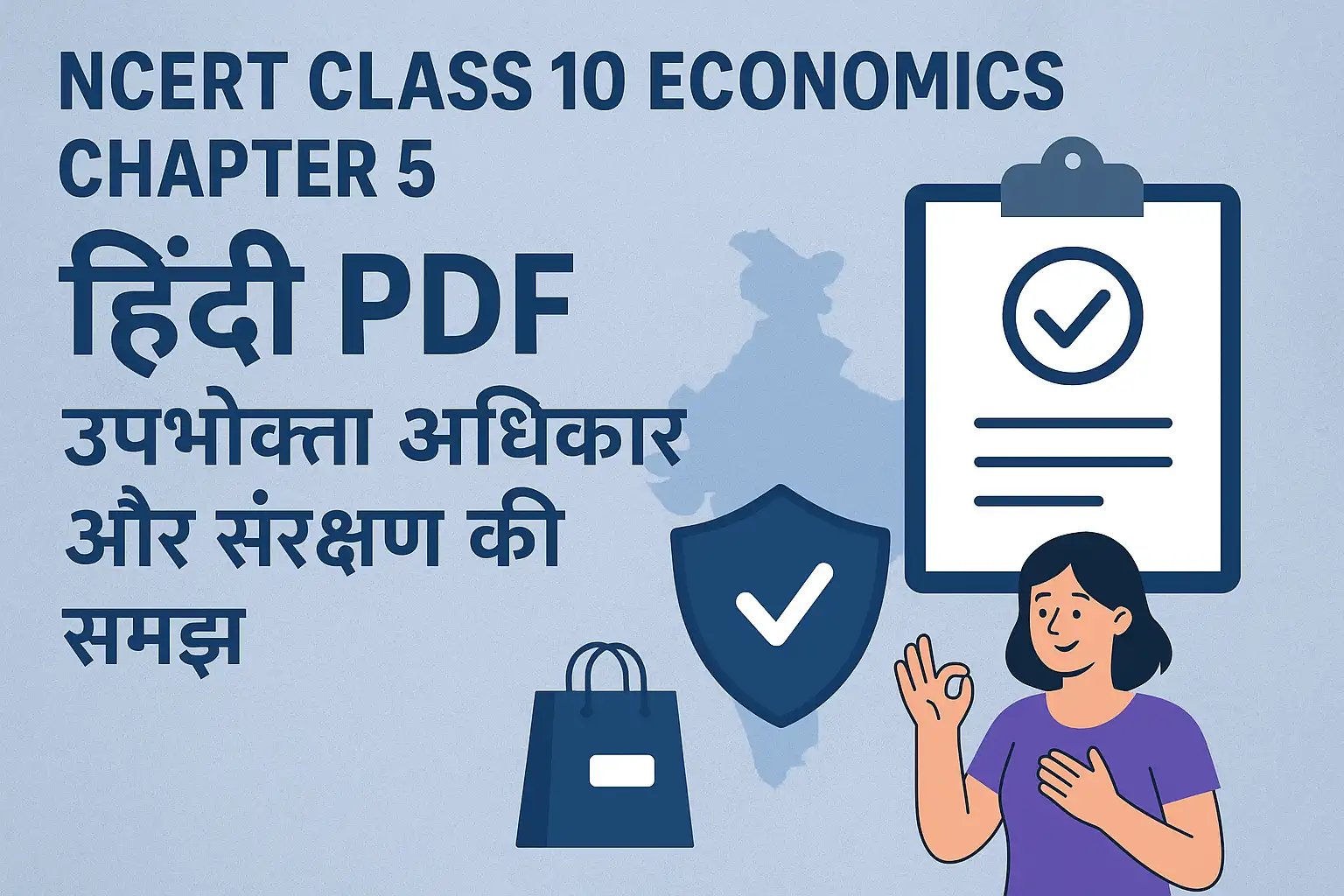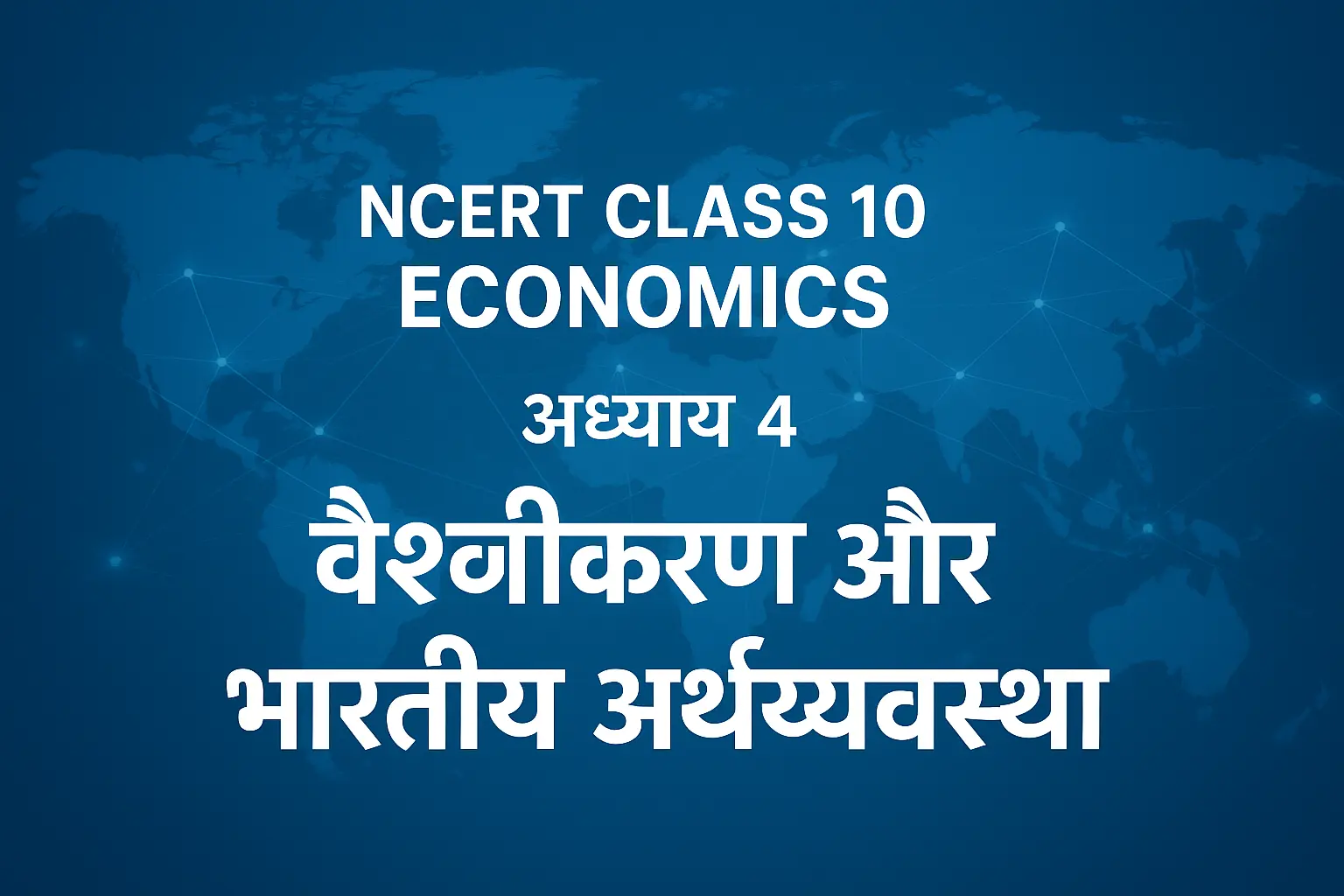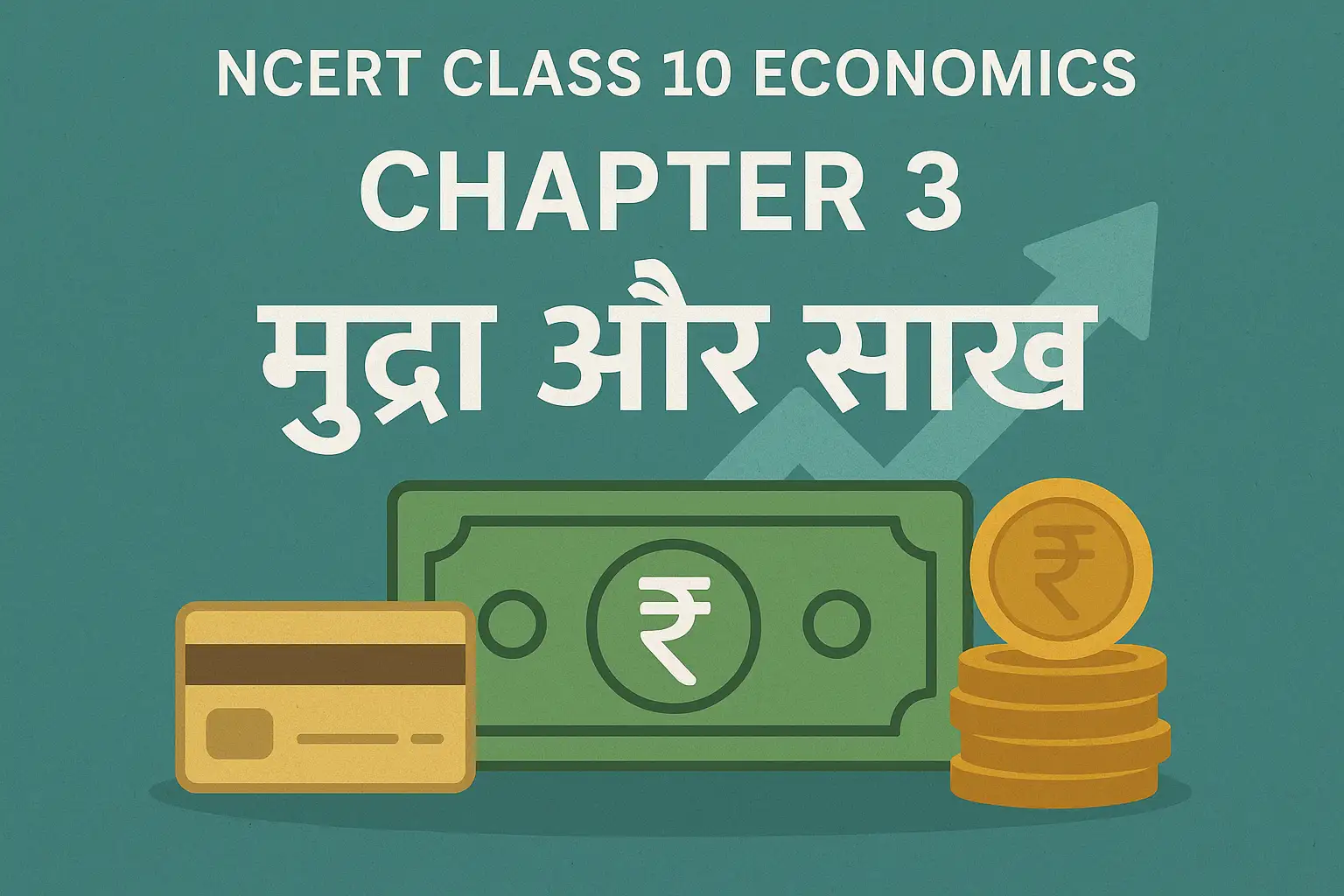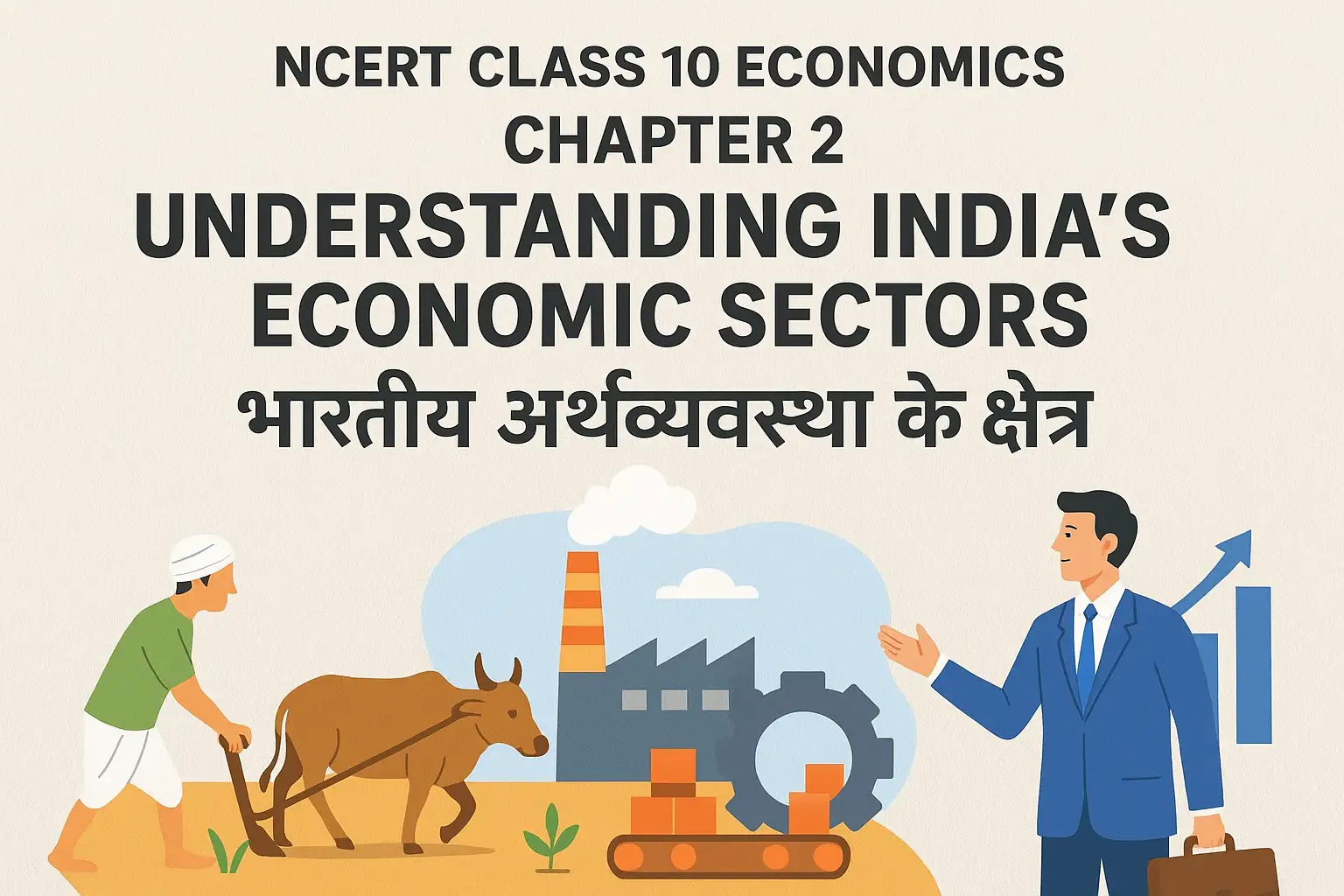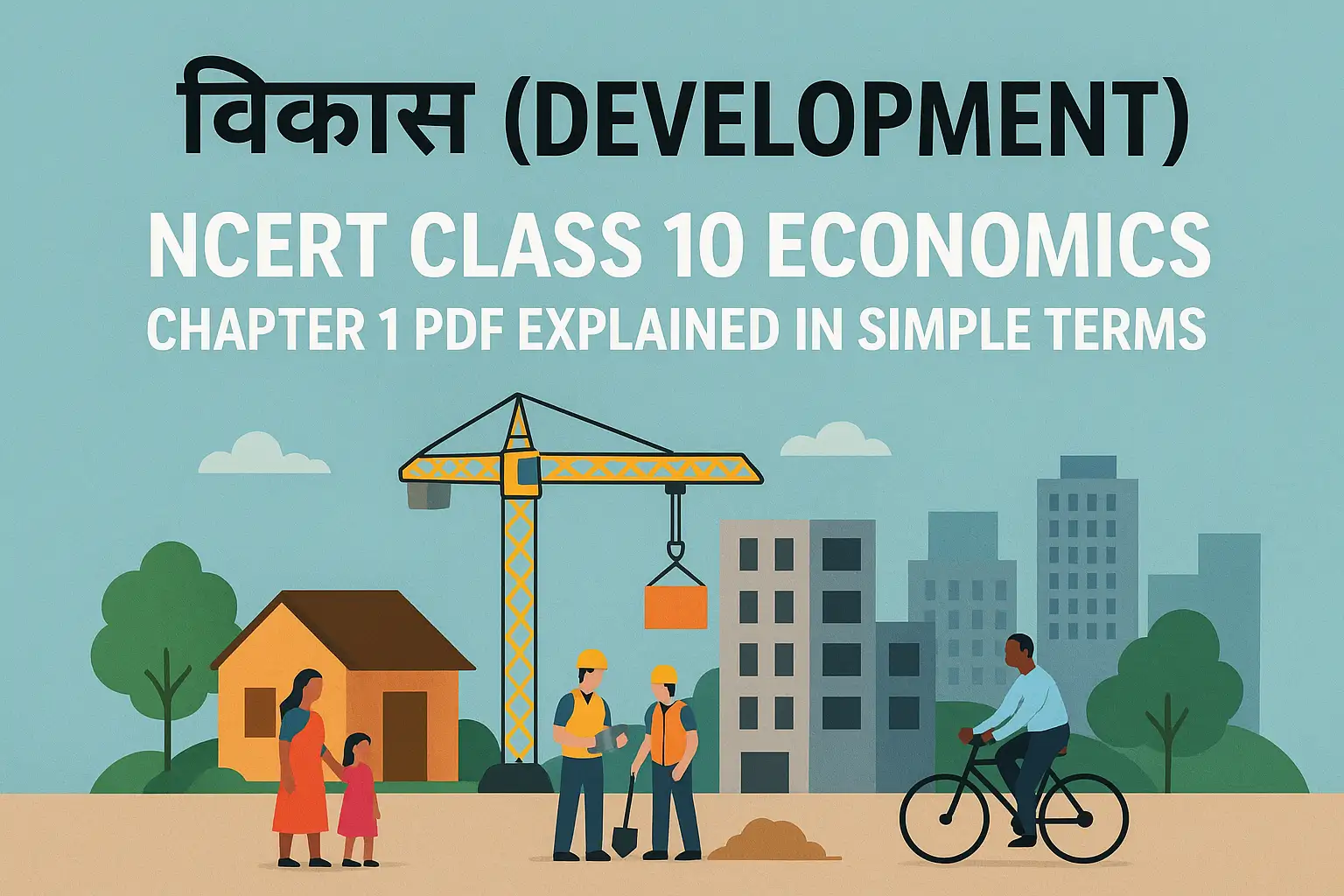The NCERT Class 12 Computer Science textbook with Python as the core programming language is available in PDF format for students to download and study. This book is based on the latest CBSE curriculum and includes topics like data structures, file handling, databases, networking, and practical Python applications. Whether you’re preparing for board exams or planning to pursue Computer Science in college, this book serves as a solid guide.
I’m writing about this topic because many students and teachers find it hard to locate the official PDF version of this book. Since Python has become an important part of school-level programming, it’s essential for learners to access the correct material easily. A PDF version ensures that students can revise and practise coding concepts anywhere—on phones, laptops, or tablets. With board exams getting more practical and application-based, this book and its exercises can make a real difference in understanding and scoring well.
What the NCERT Class 12 Python Book Covers
The textbook is structured around practical and real-world applications of Python. Here’s a quick look at what you’ll learn:
Key Topics
- Data Structures
Covers stacks, queues, lists, and operations using Python - File Handling
Learn how to read, write, and manipulate text and binary files using Python - Database Management
Concepts of SQL, relational databases, and integration of Python with MySQL - Computer Networks
Basics of networking, including types of networks, protocols, and security - Societal Impacts
Discussion on cybersecurity, data protection, digital footprints, and career options in tech
Each chapter ends with exercises, coding problems, and practical tasks that help students apply what they’ve learned.
How to Download NCERT Class 12 Computer Science Python PDF
To access the official book in PDF format:
- Visit the NCERT official website at ncert.nic.in/textbook.php
- Choose Class 12 > Computer Science
- Select Python-based book from the list and download chapter-wise or full book PDF
- You can also use the ePathshala app for mobile access to NCERT books
N.B: If you want to download the PDF for free without any search, CLICK KERE.
Why This Book is Important
- Follows the latest CBSE guidelines and marking scheme
- Gives hands-on coding experience with real examples
- Prepares students for board exams as well as college entrance
- Supports project work and practicals required in the academic year
- Written in easy-to-understand language for beginners in programming
Study Tips for Python in Class 12
- Don’t just read—type out every example code and run it
- Practise SQL commands in MySQL Workbench or any free database platform
- Make notes for common syntax errors and logic mistakes
- Use platforms like Replit, Google Colab, or Jupyter Notebook for testing code
- Revise consistently and solve sample papers and board-level questions
Conclusion
The NCERT Class 12 Computer Science book with Python is more than just a textbook—it’s a practical learning tool. If you’re planning a future in programming, data science, or IT, this book is a great starting point. Having the PDF version on your device ensures you stay ahead in your preparation and never miss a chance to revise. Download it today and start exploring the world of Python.
